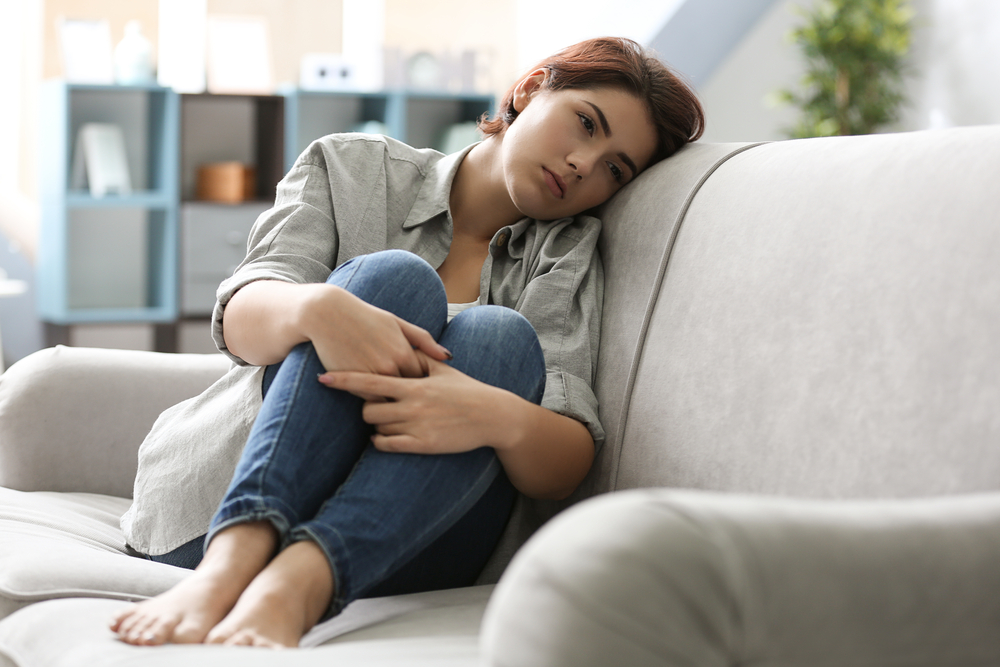Daytime Sleepiness More Frequent in Sarcoidosis Patients than in General Population, Study Finds

Excessive daytime sleepiness is about twice as frequent in patients with sarcoidosis than in the general population, according to researchers from Germany.
The study, “Daytime sleepiness in patients diagnosed with sarcoidosis compared with the general population,” conducted by a team from the University of Leipzig and the Magdeburg-Stendal University of Applied Sciences, both in Germany, was published in the Canadian Respiratory Journal.
Fatigue is a predominant symptom in sarcoidosis patients. It frequently results in poor sleep quality and excessive daytime sleepiness, defined as “difficulty in maintaining an alert awake state in everyday situations,” according to the researchers.
People affected by excessive daytime sleepiness are known to be at higher risk of having insomnia, obstructive sleep apnea, heart disease, psychiatric disorders, and cognitive impairment.
The impact of fatigue and poor sleep quality in sarcoidosis patients has already been studied by different research teams. However, the role that daytime sleepiness plays in these patients is still poorly understood.
To shed light on this issue, researchers investigated the degree of excessive daytime sleepiness in sarcoidosis patients compared to the general population. The team also investigated a potential link between daytime sleepiness and the number of organs affected by the disease, number of concomitant disorders, and patients’ quality of life.
A total of 1,197 sarcoidosis patients were analyzed for daytime sleepiness using the Epworth sleepiness scale (ESS), fatigue (using fatigue assessment scale), anxiety and depression (hospital anxiety and depression scale), sleep quality (Pittsburgh sleep quality index), and quality of life (short-form health survey, SF-8).
The patients’ mean scores were then compared to those obtained for a large general population group.
The analysis of the data demonstrated that 50% of the sarcoidosis patients analyzed presented excessive daytime sleepiness (ESS higher than 10), compared with only 22.1% in the general population.
A more detailed analysis revealed that, as in the general population, the afternoon was the period with the highest chance for sarcoidosis patients to fall asleep.
Patients reported more sleepiness than the general population while doing their daily life activities, including sitting/reading, watching TV, talking to someone, and driving a car.
The team also found that the number of affected organs and the number of concomitant diseases were significant independent predictors of daytime sleepiness.
Muscles and bones were the organs particularly affected by sleepiness. Among the concomitant diseases, sleep apnea was most strongly associated with excessive daytime sleepiness.
Fatigue, anxiety, depression, sleep problems, and loss of physical and mental quality of life were all found to be linked to excessive daytime sleepiness.
The findings call attention for the need to address daytime sleepiness in these patients.
“In summary, excessive daytime sleepiness is a problem for one out of every two sarcoidosis patients,” researchers concluded. “Not only sleep quality and depression, but also daytime sleepiness should be considered when treating patients suffering from sarcoidosis.”






